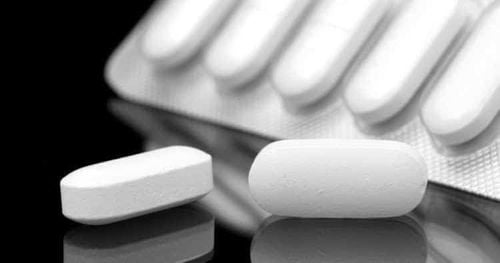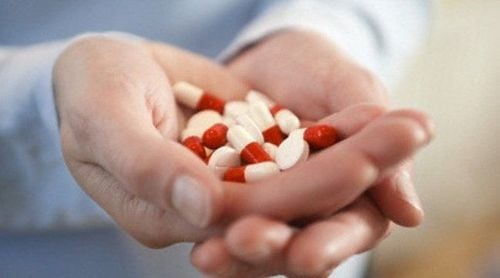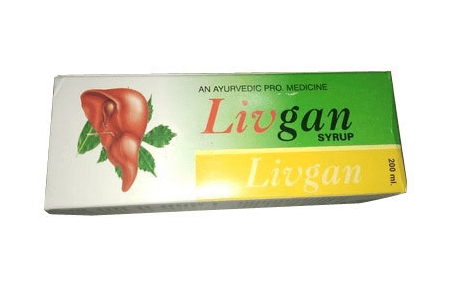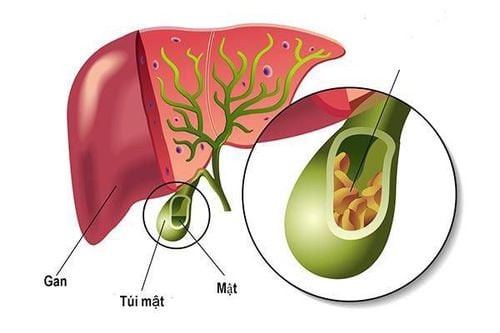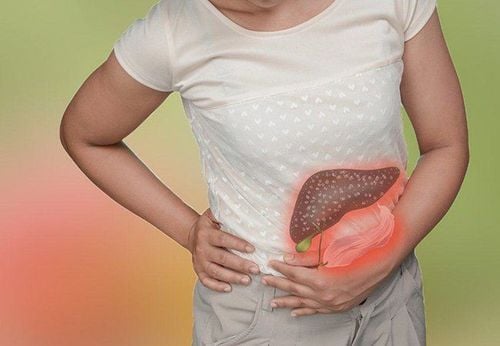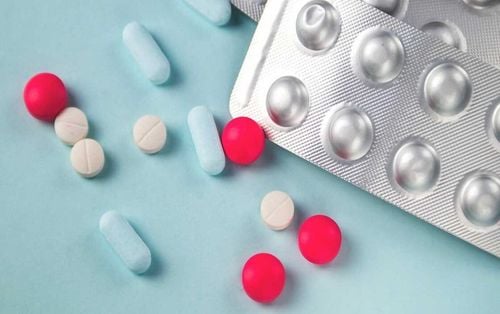This is an automatically translated article.
The article is expertly consulted by a Doctor of Gastrointestinal Endoscopy - Department of Medical Examination & Internal Medicine - Vinmec Da Nang International General Hospital.Fatty liver is a condition in which fat accumulates in the liver. The disease is common in people who are obese, drink alcohol or have diabetes, lipid metabolism disorders. If not diagnosed and treated promptly, it will lead to hepatitis, cirrhosis, even liver failure.
1. Diagnosis of fatty liver disease
Fatty liver is a disease with few symptoms, making it difficult to diagnose. Doctors often use the following methods to diagnose the disease:Medical history: The person who comes to the examination will be asked in detail about the history of alcohol consumption (level, content, time of use). This information will help your doctor distinguish between alcoholic fatty liver disease (ALD) and non-alcoholic fatty liver disease (NAFLD). In addition, the examiner is also asked about the history of drug use, eating habits, and other information related to the disease. Therefore, answering honestly will help diagnose the disease faster and more accurately. Physical exam: The examiner will be checked for liver problems such as an enlarged liver or jaundice. Blood tests: Liver function tests help check the health of the liver. Liver function is thought to be reduced in the presence of elevated liver enzymes as expressed by two indices of alanine aminotransferase (ALT) and aspartate aminotransferase (AST).
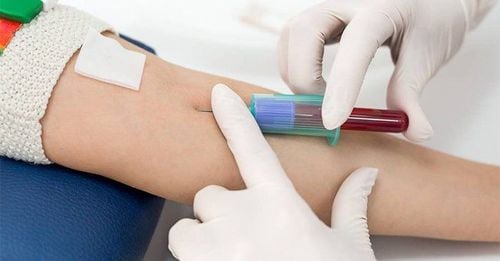
Xét nghiệm chức năng gan giúp kiểm tra tình trạng sức khỏe của gan
2. Treatment of fatty liver disease
There is no specific drug for NAFLD, all available drugs are only relatively effective. If the patient develops complications from NASH such as cirrhosis or liver failure, there is a high chance that a liver transplant will be required. In general, people with NASH who receive a liver transplant recover very quickly.2.1 Quit Alcohol Quitting alcohol is the only way to keep liver damage from getting worse, possibly even restoring damaged liver cells in alcoholic fatty liver (ALD). In addition, patients are counseled on a supervised detoxification program and safely manage withdrawal symptoms to quit drinking.
2.2 Lifestyle changes Lifestyle changes can reduce symptoms of nonalcoholic fatty liver (NAFLD):
Weight loss: This is one of the best treatments for NAFLD. Weight loss helps reduce fat, inflammation, and liver fibrosis. Patients only need to lose 3-5% of their body weight to significantly reduce the amount of fat in the liver. Exercise more: Try to exercise at least 30 minutes a day most days of the week to improve health and help lose weight with high efficiency. Build good habits: Patients should maintain good habits to protect the liver such as quitting alcohol, taking drugs and over-the-counter drugs as directed by the doctor. Not all products that support liver function are good for health, so before buying, patients should consult a doctor. Lower cholesterol: A healthy diet, exercise, and prescription medications will boost good cholesterol and lower bad cholesterol. Diabetes management: Check blood sugar and take medication as prescribed by your doctor.
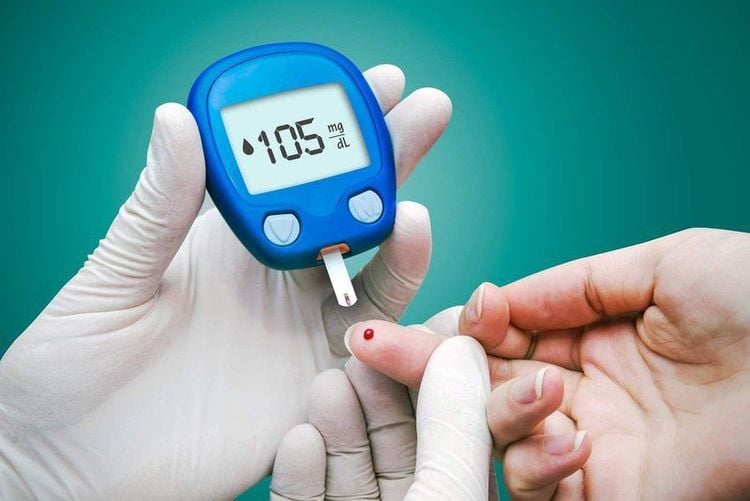
Kiểm tra lượng đường trong máu và dùng thuốc theo chỉ định của bác sĩ
Hepatobiliary screening package helps customers:
Assess the liver's ability to work through liver enzyme tests; Evaluation of bile function; vascular nutrition; Early screening for liver cancer; Performing tests such as Total blood cell analysis, blood clotting ability, screening for hepatitis B, C; Assessment of hepatobiliary status through ultrasound images and diseases that have the potential to affect liver disease/exacerbation of liver disease; In-depth analysis of parameters to evaluate hepatobiliary function through laboratory and subclinical tests; the risk of affecting the liver and early screening for hepatobiliary cancer.
Please dial HOTLINE for more information or register for an appointment HERE. Download MyVinmec app to make appointments faster and to manage your bookings easily.
Reference source: Webmd.com



